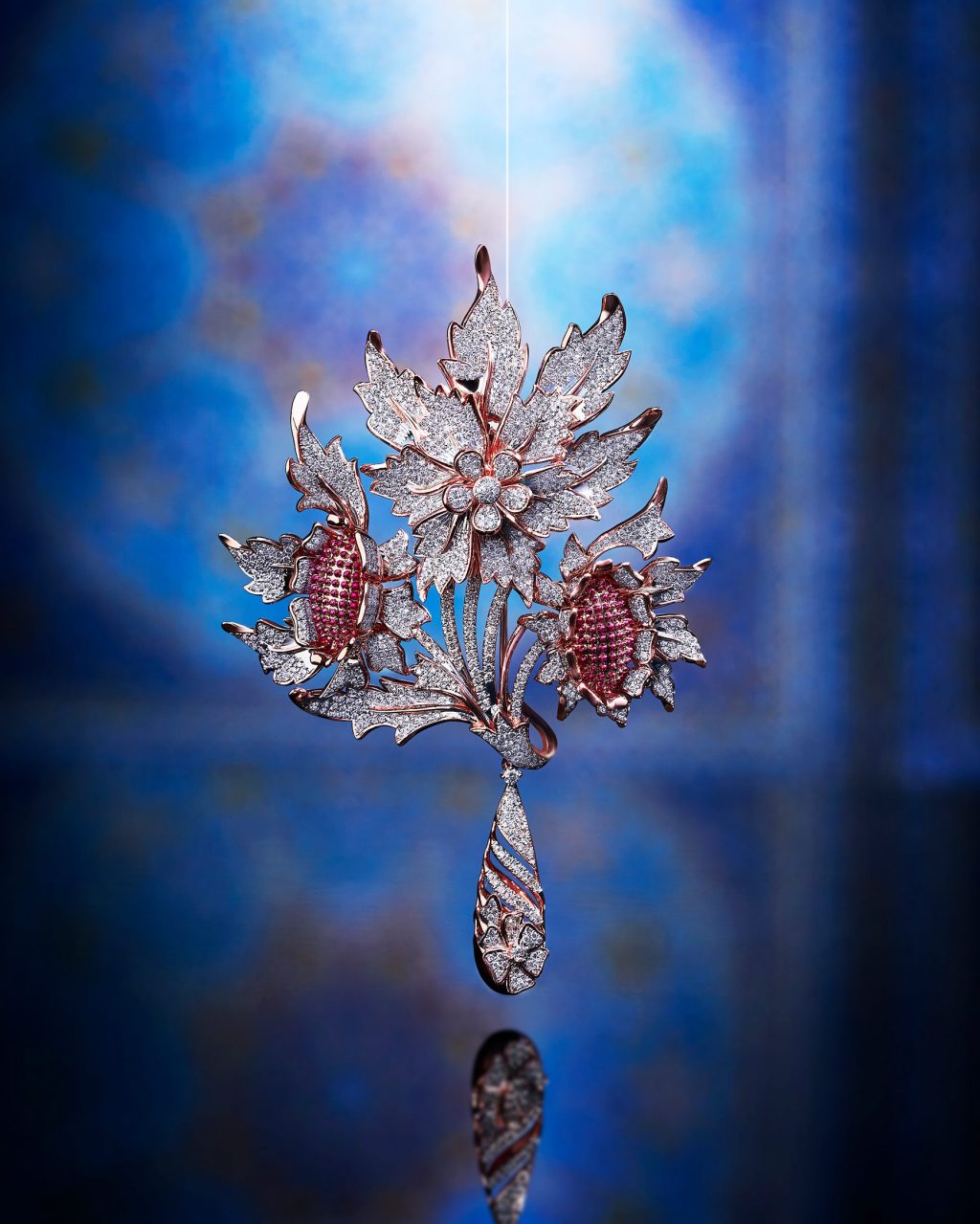For the Love of Sustainable Craft
Founder of contemporary clothing label Ka-Sha, designer Karishma Shahani Khan shares stories of her inspiring journey in sustainable fashion and how this movement impacts the jewellery world.
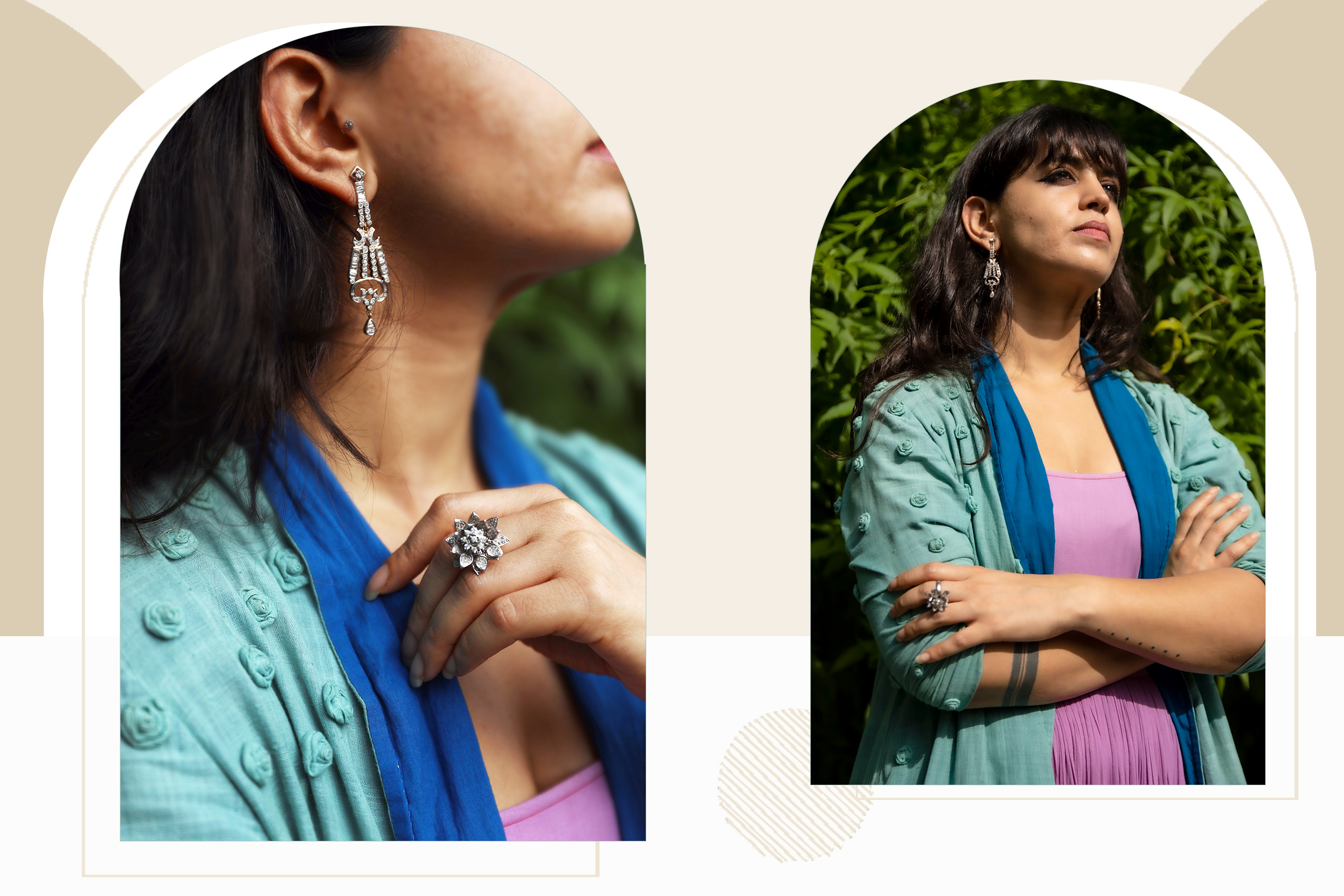
A craft-centric clothing label founded in 2012, Ka-Sha’s material library consists of natural fibres, cotton, chanderi, muslin and organic dyes. For Ka-Sha’s sister artisanal line Heart to Haat, Shahani Khan upcycles the waste from one line and reinvents them as patchwork jackets, footwear and rugs.
Here, Shahani Khan breaks down her practical experiences with sustainability, especially how it helped her position Ka-Sha as a brand to reckon with for a contemporary crafts audience. She shares how the business of slow fashion can start just by sharing information with today’s digital generation.
What inspired you to start your label?
While studying fashion design in the UK (London College of Fashion), I visited India on my internship program (under Judy Frater- a change maker who has made great contributions to the sustainability of craft tradition) and got familiarized with Indian artisanal work. While I belong to a family of freedom fighters and Khadi enthusiasts, my interactions with craftspeople in their traditional set-up helped me shape my perspective about how Indian craft practices function. My education helped me reconnect with my heritage and this thought process inspired me to launch my label. I was also driven by the zeal to adopt a zero-wastage policy, especially in repurposing non-textile materials.
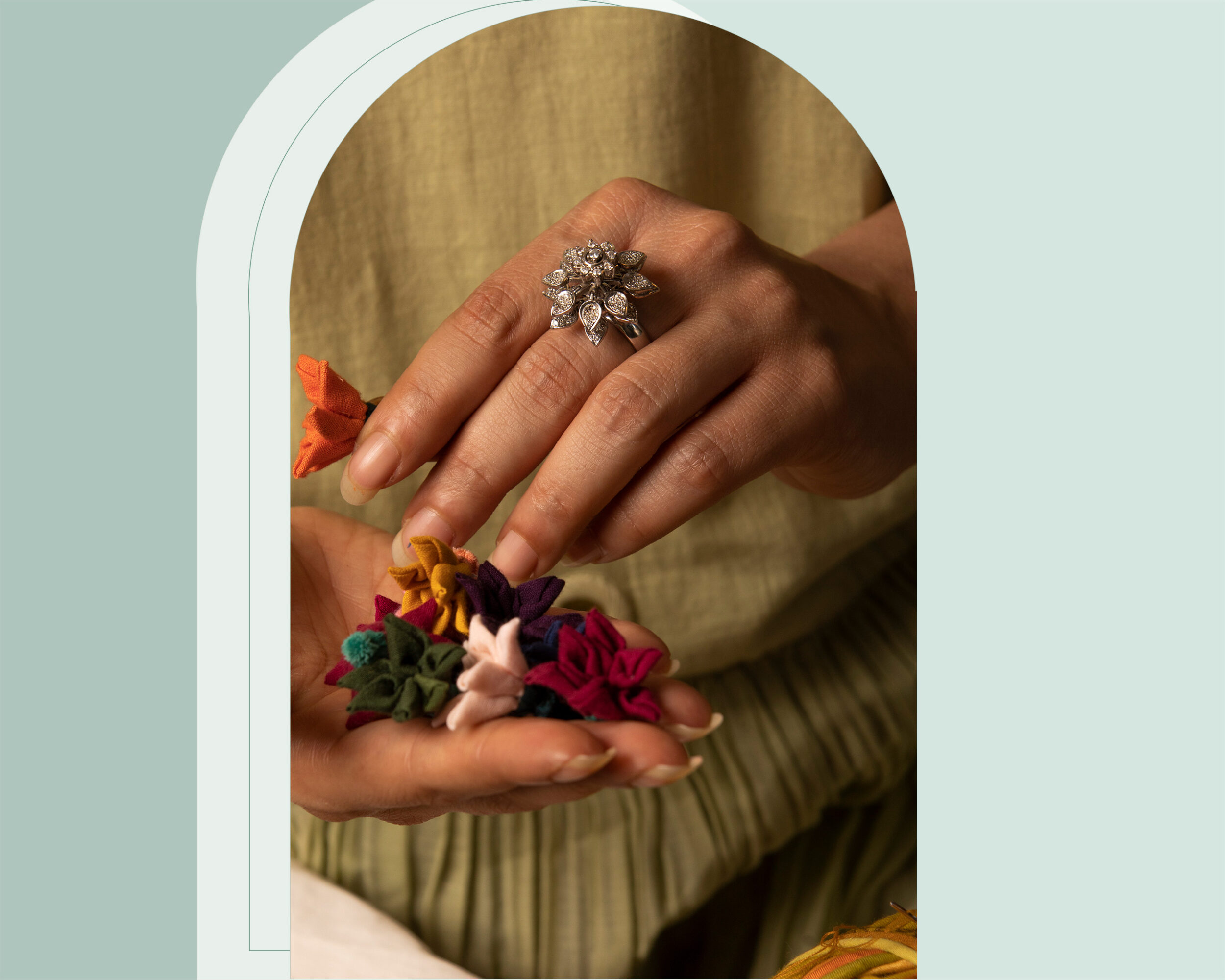
What is your take on responsible fashion?
Sustainability has to be a lifestyle choice; it can’t just be about fashion. It is about making conscious choices in everything from fashion to food, jewellery to travel. If we wish for consumers to make responsible purchases it is of essence that we not only cater to style and trends but also find solutions so that consumers can make conscious choices while being fashionable.
As a purveyor of slow fashion, what are your views on jewellery?
Natural diamonds last forever. It’s not only about the diamonds itself, but the value it brings to one’s life that makes it rare . Its value lies in the longevity and quality that transcends the transactional nature of a purchase to command a position of ethical luxury. There is beauty in how they are passed from one generation to the other, it makes them the perfect heirloom.
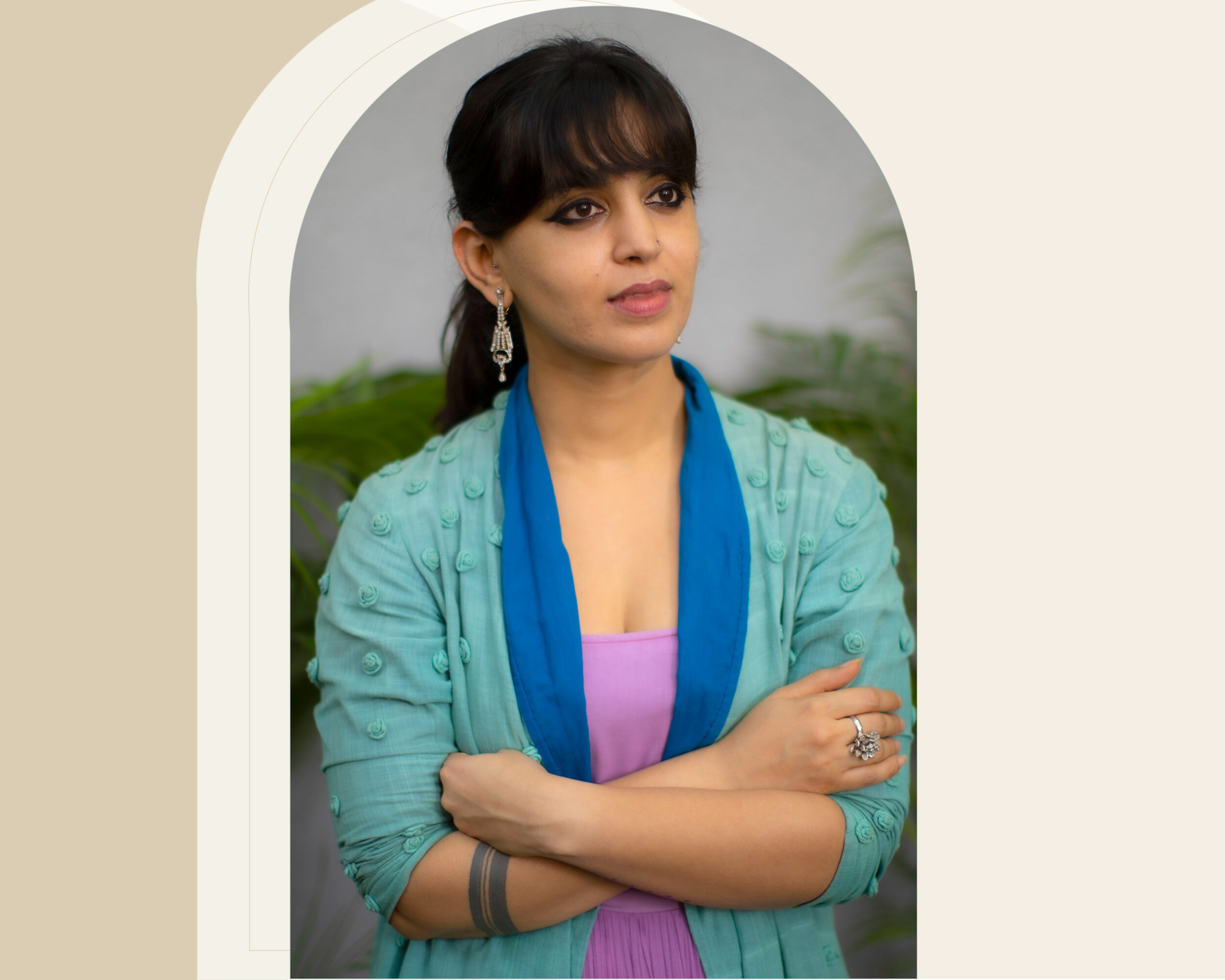
What do you think about the current scenario and sustainability in fashion?
2020 made everyone look inwards and the fashion consumer is no different. The awareness-building about sustainability that started earlier has gained more momentum now as consumers are more willing to engage with these concerns.
Whether in fashion or in jewellery people are likely to buy something only when it can be seamlessly integrated with their pre-existing lifestyles without any need for alteration. Good design will hold strong as opposed to any marketing gimmick. Thankfully, brands and consumers are now moving away from the stereotype that sustainable fashion is for the artsy/intellectual folks. Nothing is 100 per cent sustainable but it’s important to make these conversations.
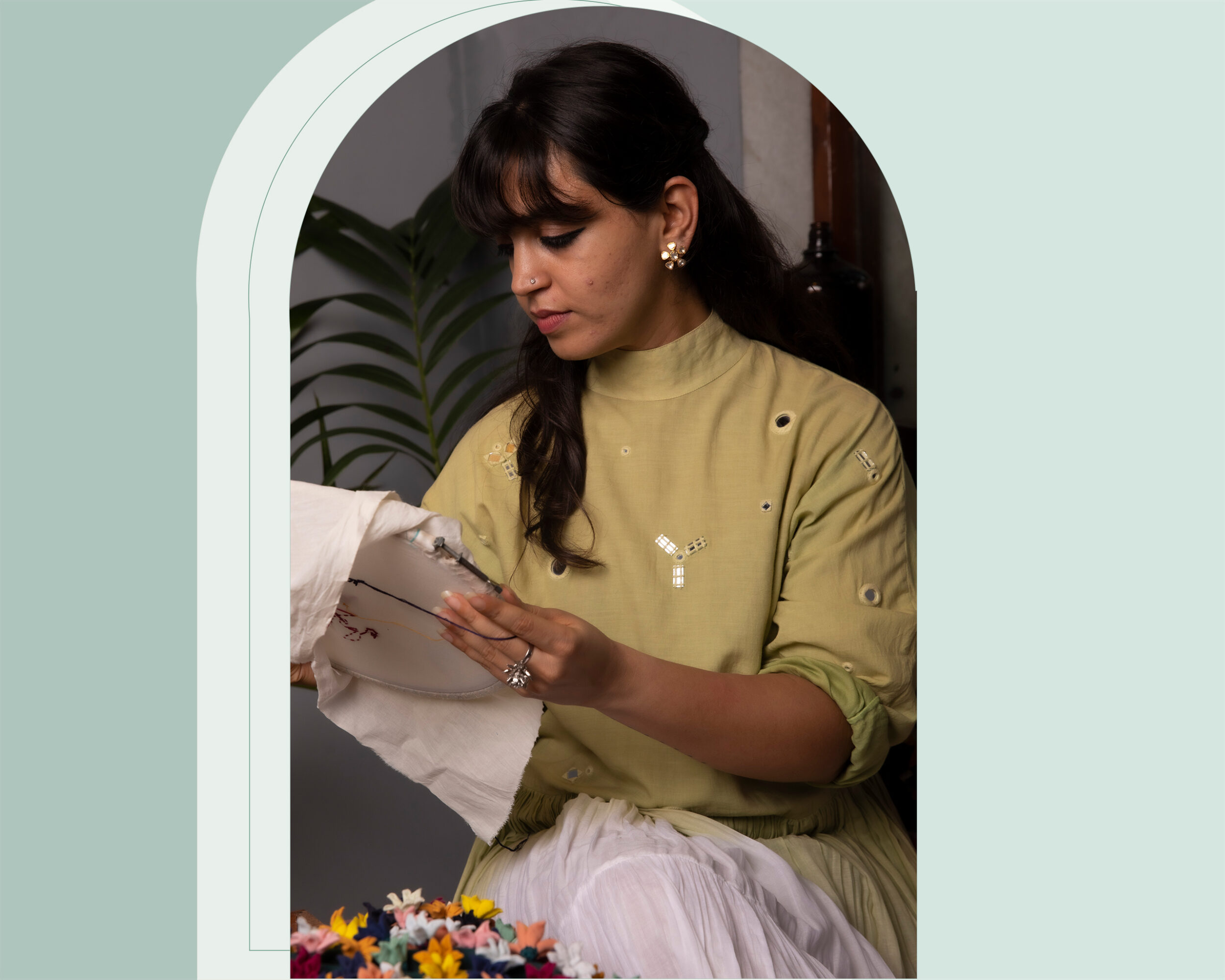
Do you have a diamond jewellery piece that you swear by?
I love my solitaire earrings; they have an understated elegance that complements my inherent style. It’s that accessory that one can never go wrong with and is a classic that is always on-trend.
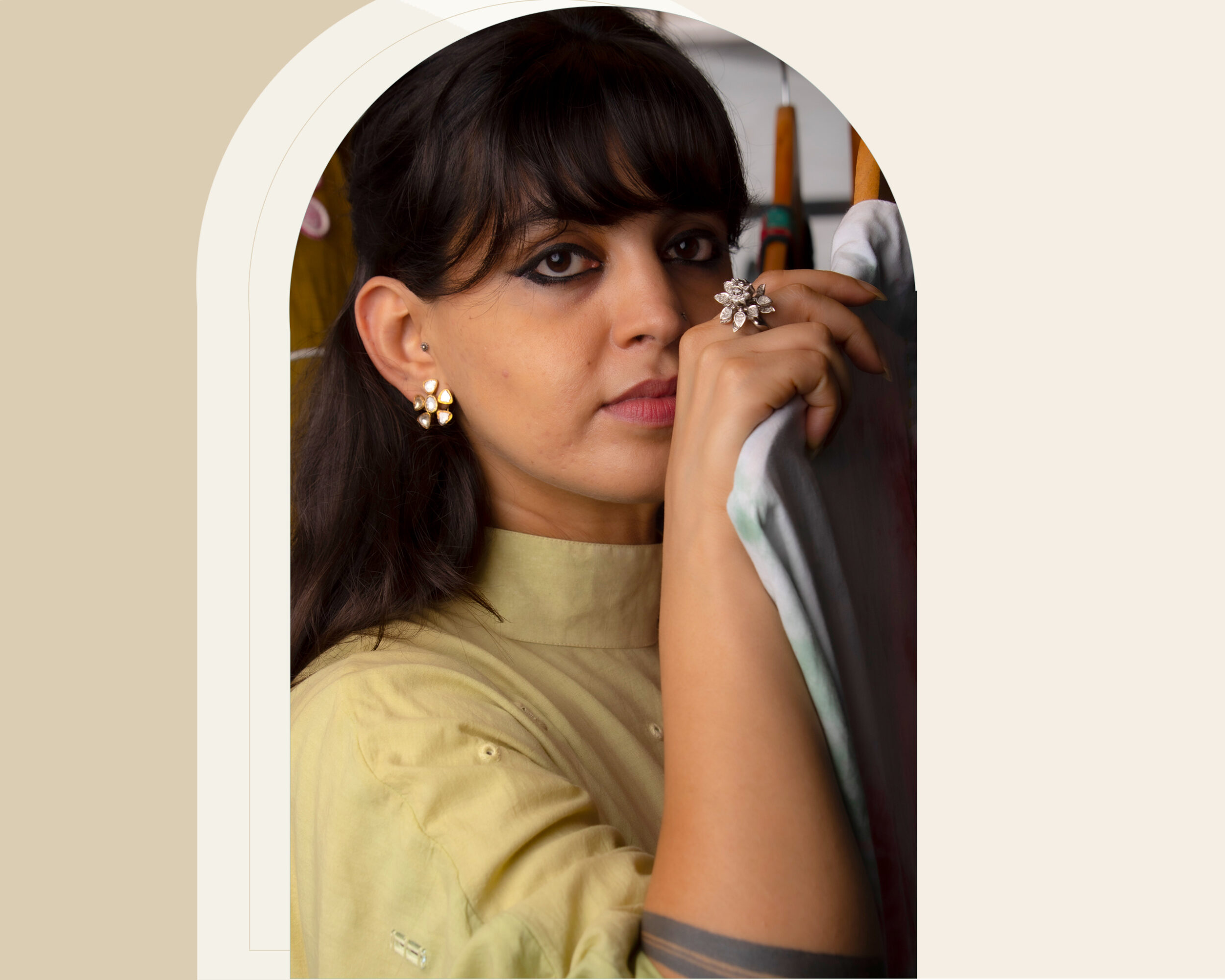
Who would you describe as your ultimate style icon?
The royals not only have the most iconic sense of style but also fashion their heirlooms like no others which makes them not only stylish but ultimate brand ambassadors of sustainability. Maharani Gayatri Devi is one such personality. The way she used to pair her diamonds and pearls with her chiffon saris made for a minimal, elegant and powerful style statement.
